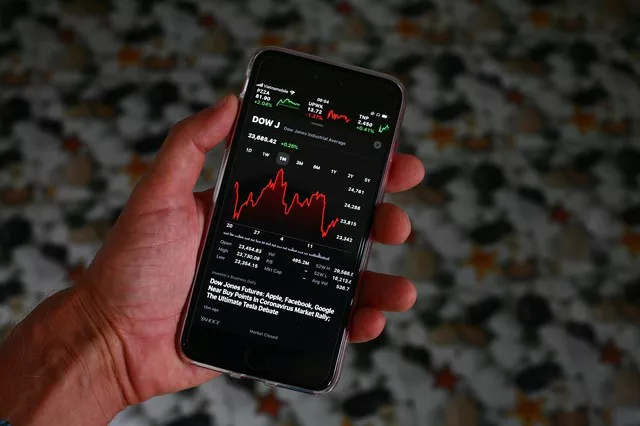Crop futures play a crucial role in the agricultural commodities market, allowing farmers, traders, and investors to manage price risk and speculate on future price movements. These futures contracts represent agreements to buy or sell a specified quantity of agricultural commodities, such as corn, soybeans, or wheat, at a predetermined price and date in the future. In this article, we’ll explore how crop futures work, their mechanics, and their significance in the global agricultural economy.
Overview of Crop Futures
Crop futures contracts are traded on commodities exchanges such as the Chicago Board of Trade (CBOT), the Chicago Mercantile Exchange (CME), and the Intercontinental Exchange (ICE). These contracts represent standardized agreements that specify the terms and conditions for the delivery of agricultural commodities, including the quantity, quality, delivery location, and expiration date. By trading crop futures contracts, market participants can hedge against price fluctuations or speculate on future price movements in the agricultural markets.
Mechanics of Crop Futures Trading
Crop futures trading follows a standardized process that involves several key steps:
Contract Specifications: Each crop futures contract has specific specifications outlined by the exchange on which it is traded. These specifications dictate the quantity of the commodity represented by each contract, the quality standards, the delivery location, and the expiration date.
Price Quotation: Crop futures prices are quoted in terms of cents per bushel, hundredweight, or other relevant units depending on the commodity. For example, corn futures are quoted in cents per bushel, while soybean futures are quoted in cents per bushel and soybean meal futures are quoted in dollars per ton.
Market Participants: The primary participants in crop futures trading include farmers, grain elevators, processors, traders, and speculators. Farmers use futures contracts to hedge against adverse price movements, while traders and speculators seek to profit from price fluctuations.
Leverage and Margin Requirements: Futures trading allows market participants to control a larger position with a relatively small amount of capital, thanks to leverage. However, leverage also magnifies both potential profits and losses, making risk management crucial for futures traders. Margin requirements are set by the exchange and represent the amount of capital required to initiate and maintain a futures position.
Delivery and Settlement: While some futures traders may choose to offset their positions before the contract’s expiration by entering into an equal and opposite transaction, others may opt for physical delivery or cash settlement. For those who choose to hold their positions until expiration, the futures contract will be settled through either physical delivery of the commodity or cash settlement, depending on the exchange’s rules and the trader’s preference.
Significance of Crop Futures
Crop futures play a critical role in the agricultural economy by providing a mechanism for managing price risk and facilitating price discovery. Farmers use futures contracts to lock in prices for their crops months in advance, allowing them to hedge against adverse price movements and stabilize their income. Grain elevators, processors, and other agricultural businesses also use futures contracts to manage price risk and protect profit margins. Additionally, speculators and traders provide liquidity to the market and contribute to price discovery by buying and selling futures contracts based on their expectations of future price movements.
Factors Affecting Crop Futures Prices
Several factors influence crop futures prices, including:
Weather Conditions: Weather plays a significant role in agricultural markets, affecting crop yields and quality. Adverse weather events such as droughts, floods, or frost can lead to supply disruptions and price spikes, while favorable weather conditions can boost crop production and depress prices.
Supply and Demand Dynamics: Changes in supply and demand fundamentals can impact crop futures prices. Factors such as acreage planted, yield expectations, consumption trends, government policies, and global economic conditions all influence supply and demand dynamics in agricultural markets.
Market Sentiment and Speculative Activity: Market sentiment and speculative trading activity can also drive price movements in crop futures markets. News events, geopolitical developments, and macroeconomic indicators can influence investor sentiment and trigger buying or selling pressure in agricultural commodities.
Currency Fluctuations: Crop futures prices are quoted in US dollars on international markets, making them sensitive to changes in currency exchange rates. Strengthening or weakening of the US dollar relative to other currencies can impact the competitiveness of US agricultural exports and affect crop futures prices accordingly.
Conclusion
In conclusion, crop futures play a vital role in the agricultural commodities market by providing a mechanism for managing price risk and facilitating price discovery. These standardized agreements allow farmers, traders, and investors to hedge against price fluctuations or speculate on future price movements in agricultural markets. By understanding how crop futures work, market participants can effectively navigate the complexities of the agricultural economy and make informed trading decisions. With proper risk management and market analysis, crop futures trading can be a valuable tool for participants across the agricultural supply chain.


